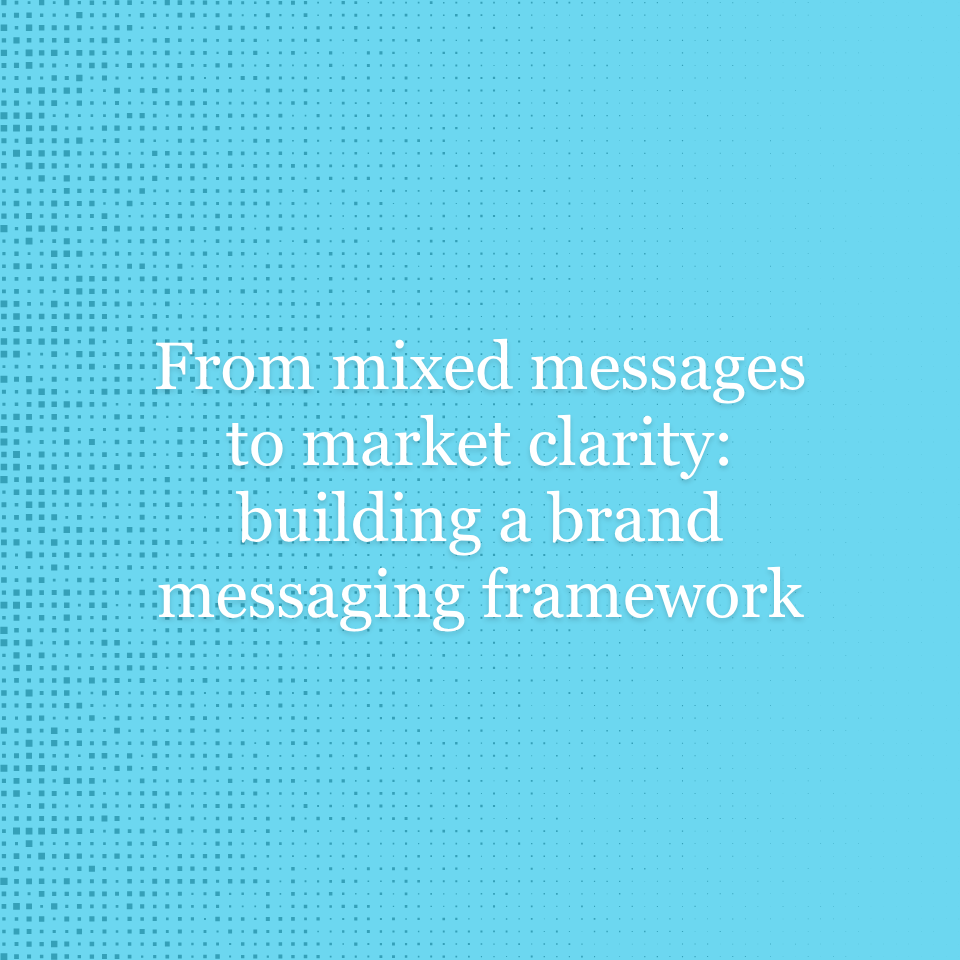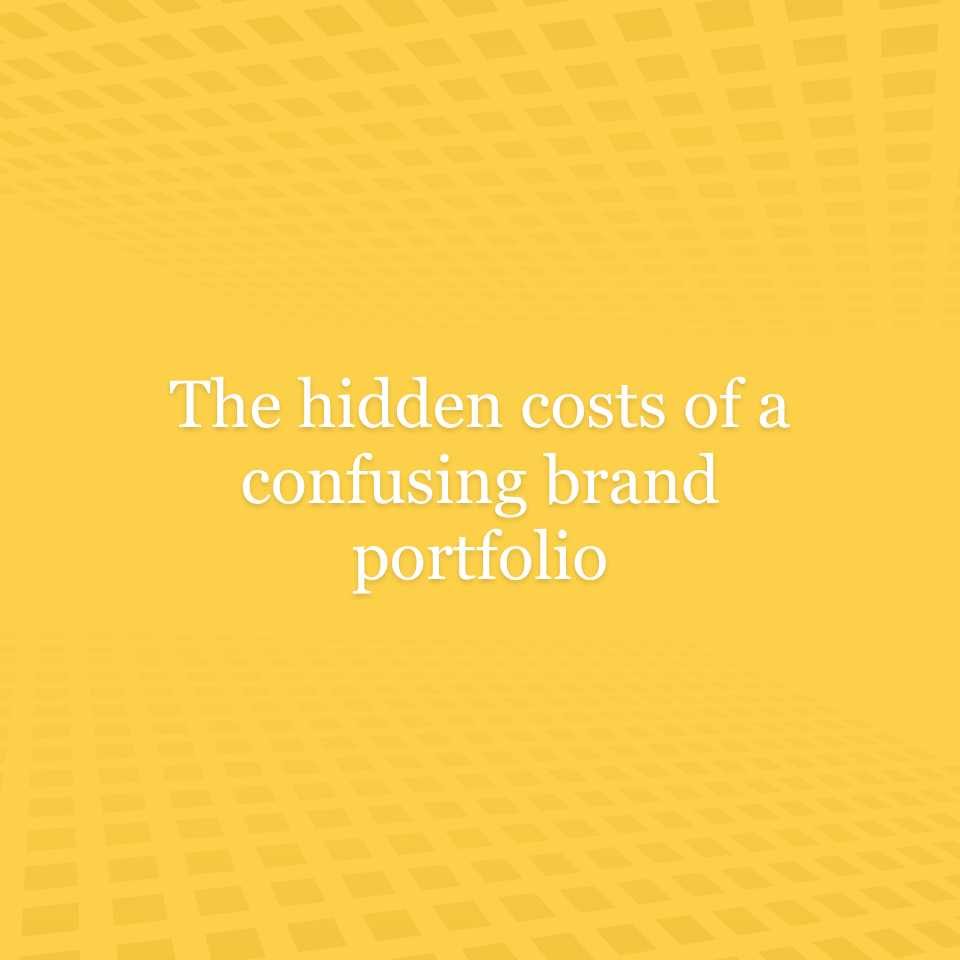In 2025, brand trust has become a credibility crisis.
Customers are more skeptical than ever. They’ve lived through brand betrayals, watched high-profile values reversals, and seen too many “authentic” campaigns unravel under the weight of internal contradictions. They know the difference between words and substance.
And they’re done giving the benefit of the doubt.
That’s why the brands that stand out now aren’t the ones that say the right things. They’re the ones that have systems in place to deliver what they say — consistently, transparently, and without performative flair.
Let’s talk about why that shift matters and how to build for it.
The Rise (and Fall) of Performed Authenticity
It started with a good instinct: Brands attempted to sound more human.
Their tone softened. Emails got friendlier. CEO letters started including childhood stories and mental health reflections. Behind-the-scenes Reels replaced polished brand films.
And for a while, it worked. Until it didn’t.
Because when every brand starts “showing up as themselves,” it stops meaning anything. Especially if:
- The values don’t match internal decisions.
- The empathy doesn’t extend to employees.
- The content doesn’t reflect actual behavior.
This is performed authenticity, and consumers are getting really good at spotting it.
People don’t want brands that feel human. They want brands that act with humanity. There’s a difference, and it lives in the details.
Why Trust Fails Behind the Scenes First
The biggest trust gaps don’t usually start in the marketing department. They start deeper:
- A leadership decision made without employee input
- A product launch that ships before it’s ready
- A DEI statement posted without any operational change
- A shift toward AI or automation without addressing impact on real people
Marketing then inherits the consequences, forced to explain, soften, or reframe something that’s already created dissonance.
This is why trust can’t live in messaging alone. It has to be embedded upstream, in operations, culture, and product. Otherwise, brands are left trying to build connections on a shaky foundation.
The Internal Brand Gap is a Trust Killer
Here’s where it gets especially urgent: If your team doesn’t trust your brand, your customers won’t either — a true strategic risk.
As Accenture puts it:
“The customer experience can never exceed the employee experience.”
If your employees feel misaligned, overextended, or disconnected from the mission, that will eventually bleed into how your brand shows up externally. Inconsistency erodes trust. And inconsistency usually starts inside.
So before trust becomes a comms challenge, it’s a leadership one.
From Performance to Proof: What to Build Instead
So what should brands focus on if tone isn’t enough?
Forget polished “authenticity.” Focus on alignment and operational follow-through. Sustainable trust is built from three places:
1. Intention that’s actually useful
Skip the vague values and aspirational purpose lines. Get clear on:
- What are we promising our customers?
- Why does it matter to them, not just to us?
- Are we equipped to deliver that promise, consistently?
Most brand trust issues stem from a promise that was never operationalized. If your brand says “we care,” but your policies and pricing say otherwise, consumers will believe what they experience.
2. Communication that’s grounded, not glossy
The goal isn’t to sound heartfelt. It’s to be clear.
- Don’t over-explain or over-emote. Just explain.
- Share the why behind business decisions, even when the news is hard.
- If something didn’t go to plan, say so. Tell people what’s next.
Consumers aren’t expecting brands to be perfect. But they need them to be honest, responsive, and predictable.
3. Delivery that matches the promise
Here’s where most brands lose trust, not in what they say, but in what they do:
- Customer service wait times
- Onboarding experience that doesn’t match the sales pitch
- Product feature that was announced but never delivered
- Tone of support tickets vs. the tone of marketing emails
These are the moments where trust is made or broken. And they often happen far from the brand team. That’s why brand strategy must extend past storytelling. It has to touch every operational layer of the company.
Why This Matters Now
Trust fatigue is real. And consumers aren’t just cautious, they’re burnt out.
In this landscape, the brands that lead won’t be the loudest. They’ll be the most consistent. The most self-aware. And the most aligned between what they say and what they deliver.
Because when every brand sounds the same, the only thing left to trust… is the pattern.
Final Thought: Trust is Earned in the Unseen
You don’t earn trust when the camera is on. You earn it in:
- The product choices no one sees
- The internal conversations that never get shared
- The customer interactions that aren’t part of the marketing funnel
That’s what sustainable trust is. Not performance, but reliable proof over time, in the moments that don’t go viral.





